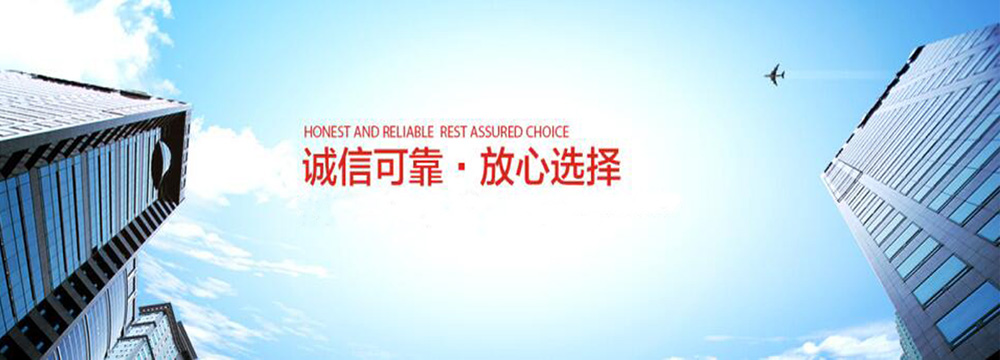联系我们
公司名称:XXX
电话:XXX
手机:XXX
联系人:XXX
地址:XXX
新闻动态
耐热输送带与阻燃输送带是一种带子吗?有什么不同?
耐热输送带与阻燃输送带是一种带子吗?有什么不同?
Is heat resistant conveyor belt and flame retardant conveyor belt a kind of belt? Any difference?
耐热输送带是输送具有一定温度的物料的,阻燃输送带是指在具有阻燃要求的环境下使用的
Heat resistant conveyor belt is used to transport materials with a certain temperature. Flame retardant conveyor belt is used in the environment with flame retardant requirements
1. 耐热带主要是用乙丙橡胶来制造,它可以瞬间承受高温如600度,或者长时间200~300度。
1. Tropical resistance is mainly made of ethylene propylene rubber, which can withstand high temperature instantly, such as 600 ℃, or 200 ~ 300 ℃ for a long time.
耐热输送带是由多层橡胶棉帆布(涤棉布)或者聚酯帆布上下覆有耐高温或耐热橡胶、经高温硫化粘合在一起,JDG金属穿线管 不锈钢链板 隔离墩模具 检查井钢模具 流水槽模具 阶梯护坡模具 护坡砖模具 遮板模具
The heat-resistant conveyor belt is composed of multi-layer rubber cotton canvas (polyester cotton cloth) or polyester canvas covered with heat-resistant or heat-resistant rubber and bonded together by high temperature vulcanization,
耐热输送带是在高温环境下使用的输送带。分别为100度,150度,200度等(实验温度)
Heat resistant conveyor belt is used in high temperature environment. 100 ℃, 150 ℃, 200 ℃, etc. (experimental temperature)
适合输送175℃以下热焦碳、水泥、熔渣和热铸件等。
It is suitable for conveying hot coke, cement, slag and hot castings below 175 ℃.
2. 橡胶阻燃带是在橡胶里添加特殊的阻燃剂形成。
2. Rubber flame retardant belt is formed by adding special flame retardant into rubber.
阻燃输送带全名《防静电阻燃输送带》配方中添加了一种叫做阻燃剂的原材料,阻燃输送带遇明火后会燃烧,离开火源就会自己灭掉。阻燃输送带主要是在运转中与滚筒摩擦不会产生静电、火花。
Flame retardant conveyor belt full name "antistatic flame retardant conveyor belt" formula added a kind of raw material called flame retardant, flame retardant conveyor belt will burn in case of open fire, leave the fire source will be destroyed. Flame retardant conveyor belt is mainly in operation and roller friction, will not produce static electricity, sparks.
阻燃输送带是抗静电阻止静电发生火花引起燃烧的井下输送带。(井上煤粉浓度高的地方也用)阻燃输送带送带主要用于冶金、建筑等行业,输送烧结矿、焦炭、水泥熟料等高温物料,物料温度不超过800℃,带面温度不超过200℃的条件下使用。
Flame retardant conveyor belt is a kind of underground conveyor belt which can resist static electricity and prevent spark from burning( Flame retardant conveyor belt is mainly used in metallurgy, construction and other industries to transport high temperature materials such as sinter, coke, cement clinker, etc. the material temperature is not more than 800 ℃, and the belt surface temperature is not more than 200 ℃.
Is heat resistant conveyor belt and flame retardant conveyor belt a kind of belt? Any difference?
耐热输送带是输送具有一定温度的物料的,阻燃输送带是指在具有阻燃要求的环境下使用的
Heat resistant conveyor belt is used to transport materials with a certain temperature. Flame retardant conveyor belt is used in the environment with flame retardant requirements
1. 耐热带主要是用乙丙橡胶来制造,它可以瞬间承受高温如600度,或者长时间200~300度。
1. Tropical resistance is mainly made of ethylene propylene rubber, which can withstand high temperature instantly, such as 600 ℃, or 200 ~ 300 ℃ for a long time.
耐热输送带是由多层橡胶棉帆布(涤棉布)或者聚酯帆布上下覆有耐高温或耐热橡胶、经高温硫化粘合在一起,JDG金属穿线管 不锈钢链板 隔离墩模具 检查井钢模具 流水槽模具 阶梯护坡模具 护坡砖模具 遮板模具
The heat-resistant conveyor belt is composed of multi-layer rubber cotton canvas (polyester cotton cloth) or polyester canvas covered with heat-resistant or heat-resistant rubber and bonded together by high temperature vulcanization,
耐热输送带是在高温环境下使用的输送带。分别为100度,150度,200度等(实验温度)
Heat resistant conveyor belt is used in high temperature environment. 100 ℃, 150 ℃, 200 ℃, etc. (experimental temperature)
适合输送175℃以下热焦碳、水泥、熔渣和热铸件等。
It is suitable for conveying hot coke, cement, slag and hot castings below 175 ℃.
2. 橡胶阻燃带是在橡胶里添加特殊的阻燃剂形成。
2. Rubber flame retardant belt is formed by adding special flame retardant into rubber.
阻燃输送带全名《防静电阻燃输送带》配方中添加了一种叫做阻燃剂的原材料,阻燃输送带遇明火后会燃烧,离开火源就会自己灭掉。阻燃输送带主要是在运转中与滚筒摩擦不会产生静电、火花。
Flame retardant conveyor belt full name "antistatic flame retardant conveyor belt" formula added a kind of raw material called flame retardant, flame retardant conveyor belt will burn in case of open fire, leave the fire source will be destroyed. Flame retardant conveyor belt is mainly in operation and roller friction, will not produce static electricity, sparks.
阻燃输送带是抗静电阻止静电发生火花引起燃烧的井下输送带。(井上煤粉浓度高的地方也用)阻燃输送带送带主要用于冶金、建筑等行业,输送烧结矿、焦炭、水泥熟料等高温物料,物料温度不超过800℃,带面温度不超过200℃的条件下使用。
Flame retardant conveyor belt is a kind of underground conveyor belt which can resist static electricity and prevent spark from burning( Flame retardant conveyor belt is mainly used in metallurgy, construction and other industries to transport high temperature materials such as sinter, coke, cement clinker, etc. the material temperature is not more than 800 ℃, and the belt surface temperature is not more than 200 ℃.



